Investing in mutual funds has become a game-changer for millions of Indians looking to grow their wealth without the stress of picking individual stocks. Among the many options out there, flexicap mutual funds have emerged as a standout choice, offering a unique blend of flexibility, diversification, and growth potential. Imagine this: a modest monthly investment of ₹8,500 turning into ₹4.4 lakh in just 3 years! Sounds incredible, right?
What Are Flexicap Mutual Funds?
Before we jump into the numbers, let’s break down what makes flexicap mutual funds special. Simply put, flexicap funds are equity mutual funds that invest across companies of all sizes—large-cap, mid-cap, and small-cap. Unlike other funds that stick to a specific market capitalization (like large-cap funds focusing only on big companies), flexicap funds give fund managers the freedom to allocate investments wherever they see the best opportunities.
This flexibility is their superpower. Fund managers can:
- Tap into large-cap stocks for stability and steady returns.
- Invest in mid-cap stocks for a balance of growth and risk.
- Chase small-cap stocks for explosive growth potential when the timing is right.
Because they’re not boxed into one category, flexicap funds can adapt to changing market conditions. According to the Association of Mutual Funds in India (AMFI), the assets under management (AUM) for flexicap funds have surged by over 50% in the past two years, a testament to their growing appeal among investors.
Benefits of Investing in Flexicap Funds
So, why should you consider flexicap funds for your investment journey? Here are some compelling reasons:
- Diversification Across Market Caps: Flexicap funds spread your money across large, mid, and small-cap stocks, reducing the risk of relying on just one segment. It’s like having a well-balanced diet—variety keeps you healthy!
- Flexibility in Allocation: Fund managers can shift investments to capitalize on market trends. For example, if mid-caps are booming, they can tilt the portfolio in that direction.
- Higher Return Potential: Exposure to mid and small-cap stocks, which often grow faster than large caps, can boost your returns over time.
- Resilience in Different Markets: Whether the market is bullish or bearish, flexicap funds can adjust their strategy. During the 2020 market crash, many flexicap funds cushioned losses by leaning on large caps, then rode the recovery with mid and small caps.
Financial analyst Priya Sharma sums it up well: “Flexicap funds are like a Swiss Army knife for investors—versatile, reliable, and packed with potential.” This adaptability makes them a favorite for those seeking growth without locking into a rigid strategy.
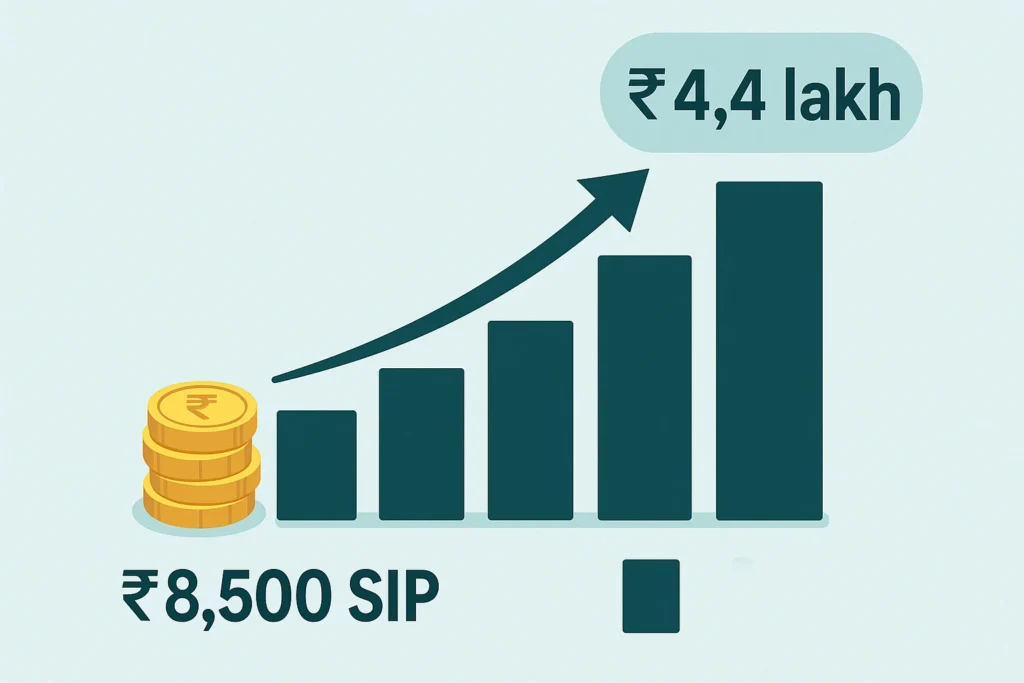
Risks Associated with Flexicap Funds
Of course, no investment is without risks, and flexicap funds are no exception. Here’s what you need to watch out for:
- Market Volatility: As equity funds, flexicap funds are tied to the stock market’s ups and downs. Economic shifts or global events can cause price swings.
- Managerial Risk: The fund’s success hinges on the fund manager’s decisions. A misstep in allocation could drag down returns.
- Higher Volatility from Mid and Small Caps: While these stocks offer growth, they can also be rollercoasters. During downturns, they may drop more than large caps.
- Concentration Risk: If the manager bets big on a single sector or stock, a poor performance there could hurt the fund.
Flexicap funds are ideal for investors with a moderate to high risk appetite and a long-term outlook. If you’re someone who panics at market dips, you might want to pair them with safer options like debt funds.
How a ₹8,500 SIP Grew to ₹4.4 Lakh in 3 Years
Now, let’s get to the heart of this story: how did a monthly SIP of ₹8,500 in a top flexicap mutual fund balloon to ₹4.4 lakh in just 3 years? Let’s break it down.
The Numbers
- Monthly SIP: ₹8,500
- Duration: 3 years (36 months)
- Total Investment: ₹8,500 × 36 = ₹3,06,000
- Final Value: ₹4,40,000
- Profit: ₹4,40,000 – ₹3,06,000 = ₹1,34,000
That’s a gain of ₹1.34 lakh on an investment of ₹3.06 lakh—an impressive jump! To reach ₹4.4 lakh, the fund likely delivered an annualized return of around 20%. While that’s exceptional, top flexicap funds have been known to achieve such returns during strong market periods. However, a quick disclaimer: past performance doesn’t guarantee future results, and returns depend heavily on market conditions.
The Magic of SIP
The secret sauce here is the Systematic Investment Plan (SIP). With an SIP, you invest a fixed amount regularly—say, every month—regardless of market highs or lows. This disciplined approach offers two big advantages:
- Rupee Cost Averaging: When prices are low, you buy more units; when they’re high, you buy fewer. Over time, this smooths out your average cost.
- Power of Compounding: Your returns start earning returns, creating a snowball effect that grows your wealth.
In this case, the investor didn’t need to time the market or predict trends. The SIP, paired with the flexicap fund’s ability to navigate market cycles, did the heavy lifting.
A Hypothetical Journey
Picture this: Over those 3 years, the fund might have started with a stable base of large-cap stocks, then shifted to mid and small caps as the market recovered post-2020. The manager’s flexibility allowed them to capture gains across segments, turning a steady ₹8,500 monthly drip into a ₹4.4 lakh pool.
Factors to Consider When Choosing a Flexicap Fund
Ready to invest in a flexicap fund? Not so fast—picking the right one matters. Here’s what to look at:
- Performance History: Check how the fund has performed over 3, 5, or 10 years. Consistency across market cycles is a good sign.
- Fund Manager’s Track Record: A seasoned manager with smart allocation decisions can make or break the fund. Look into their experience and past funds.
- Expense Ratio: This is the annual fee you pay. A lower ratio (say, 1% vs. 2%) means more of your money stays invested.
- Investment Strategy: Does the fund lean toward large caps for safety or mid/small caps for growth? Match it to your goals.
- Risk Metrics: Look at volatility (standard deviation) and beta (market sensitivity) to see if it fits your risk tolerance.
Some popular flexicap funds in India include Parag Parikh Flexi Cap Fund, HDFC Flexi Cap Fund, and SBI Flexi Cap Fund. But don’t just take my word for it—research and consult a financial advisor to find your perfect match.
Flexicap Funds vs. Other Equity Funds
Wondering how flexicap funds stack up against other options? Here’s a quick comparison:
- Large-Cap Funds: Focus on big, stable companies (80%+ in large caps). They’re safer but may offer lower growth.
- Mid-Cap Funds: Target medium-sized firms with higher growth potential but more volatility.
- Multi-Cap Funds: Invest across all market caps, but SEBI mandates at least 25% in each (large, mid, small). Flexicap funds have no such rules, giving managers total freedom.
This unrestricted approach can lead to higher returns—or higher risks—depending on the manager’s skill.
Why Flexicap Funds Shine in a Portfolio
Flexicap funds aren’t just a standalone investment—they can enhance your overall portfolio. Here’s how they fit in:
- Core Holding: For moderate-risk investors, they provide a balanced equity exposure.
- Growth Booster: Aggressive investors can use them alongside large-cap funds to juice up returns.
- Long-Term Goals: Planning for retirement or a child’s education? Flexicap funds’ growth potential makes them a strong contender.
Experts suggest allocating 20-50% of your equity portfolio to flexicap funds, depending on your risk profile. Pair them with debt or gold for a well-rounded strategy.
Tax Implications of Flexicap Funds
Taxes matter, so here’s the scoop:
- Long-Term Capital Gains (LTCG): Hold for over 1 year, and gains above ₹1 lakh are taxed at 10%.
- Short-Term Capital Gains (STCG): Sell within 1 year, and gains are taxed at 15%.
With SIPs, each installment has its own holding period. So, if you redeem after 3 years, earlier installments might qualify for LTCG while later ones don’t. This tax efficiency favors long-term investors.
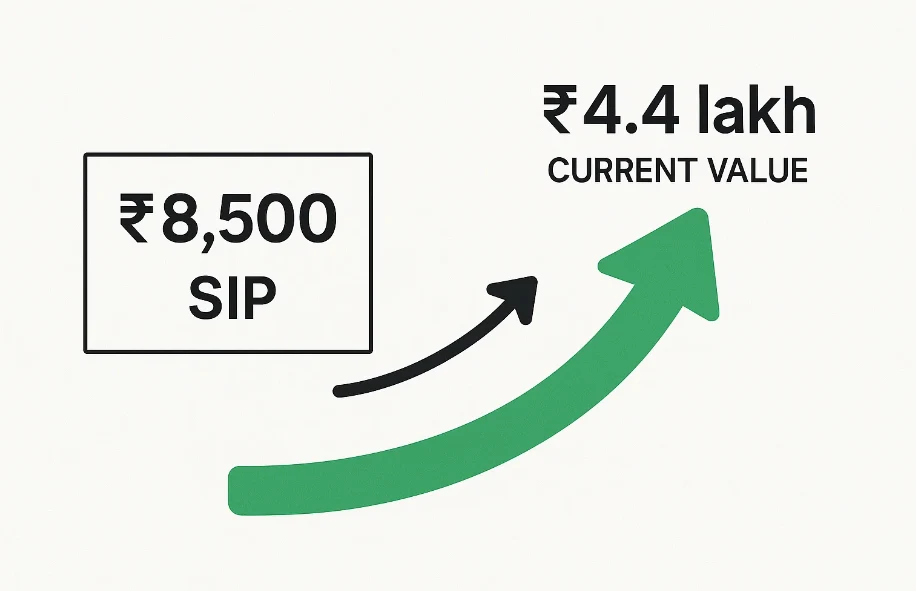
How to Start Investing in Flexicap Funds
Ready to jump in? Follow these steps:
- Pick a Fund: Research top flexicap funds or get advice from a financial planner.
- Set Up an Account: Use platforms like Groww, Zerodha Coin, or the fund house’s website.
- Start Your SIP: Choose an amount (as low as ₹500/month) and automate it.
- Stay the Course: Review annually, but don’t panic-sell during dips—time is your ally.
As investor Rakesh Patel shares, “I started a ₹5,000 SIP in a flexicap fund five years ago, and it’s grown beyond my expectations. It’s hassle-free wealth-building!”
Conclusion
Flexicap mutual funds offer a dynamic, diversified way to grow your money, and the story of a ₹8,500 SIP turning into ₹4.4 lakh in 3 years proves their potential. With the flexibility to adapt, the power of SIP, and a long-term mindset, you could unlock serious wealth. But remember: equity investments carry risks, and high returns like 20% aren’t guaranteed.
If you’re ready to take charge of your financial future, flexicap funds might be your ticket. Assess your goals, stomach for risk, and horizon—then take the plunge. Not sure where to start? A financial advisor can light the way.
Frequently Asked Questions (FAQs)
- What is a flexicap mutual fund?
It’s an equity fund that invests across large, mid, and small-cap stocks with no fixed allocation, giving managers flexibility to chase opportunities. - How does a SIP work in mutual funds?
You invest a fixed amount regularly (e.g., monthly), buying units at varying prices. It averages your cost and leverages compounding. - Are flexicap funds good for conservative investors?
Not really—they’re equity funds with moderate to high risk. Conservative folks might prefer debt or hybrid funds. - What’s the minimum SIP amount for flexicap funds?
It varies, but many start at ₹500/month—check with the fund house. - How are flexicap funds taxed?
LTCG (over 1 year) above ₹1 lakh is taxed at 10%; STCG (under 1 year) at 15%.
Investment Snapshot
| Parameter | Amount |
|---|---|
| Monthly SIP | ₹8,500 |
| Total Investment | ₹3,06,000 |
| Final Value | ₹4,40,000 |
| Profit | ₹1,34,000 |





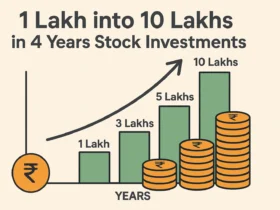













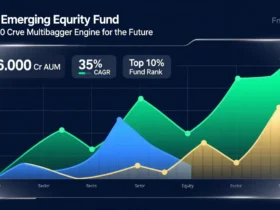
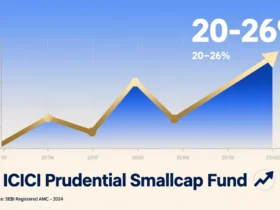



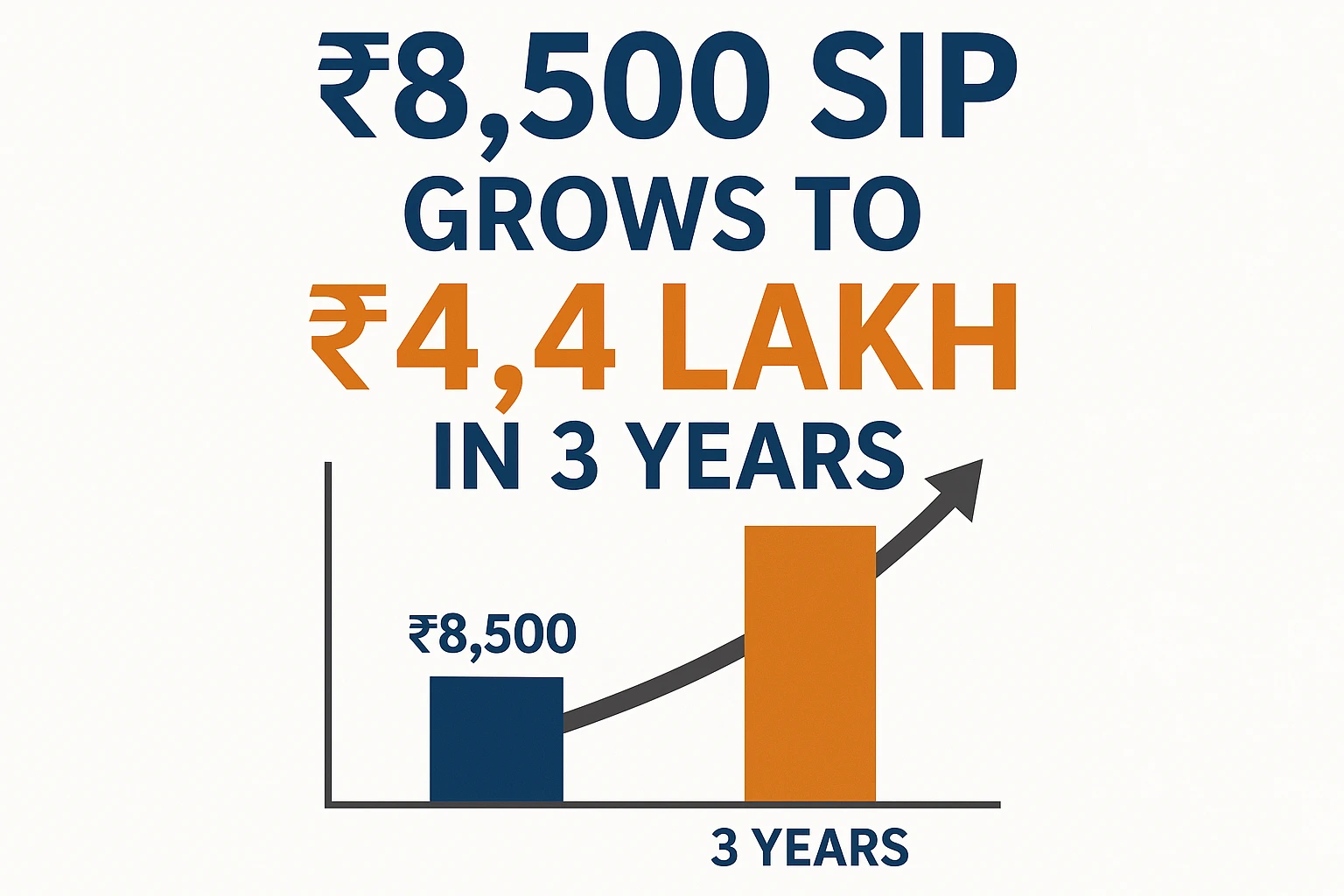
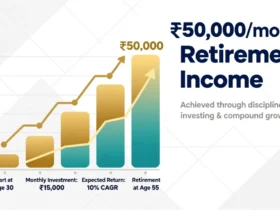






Leave a Reply